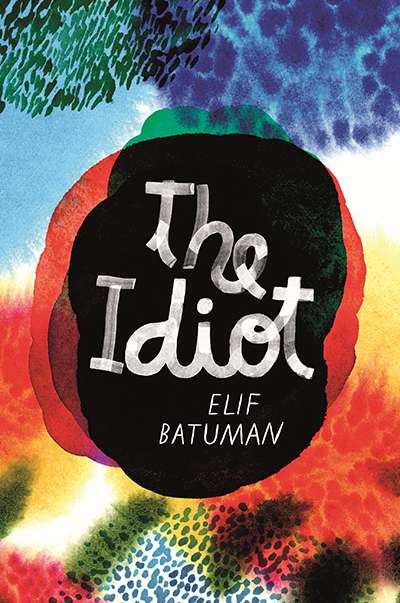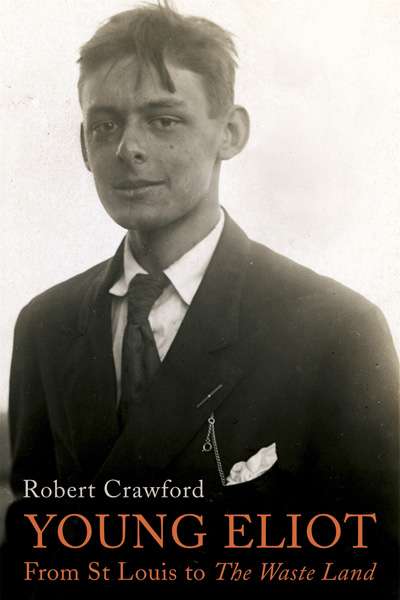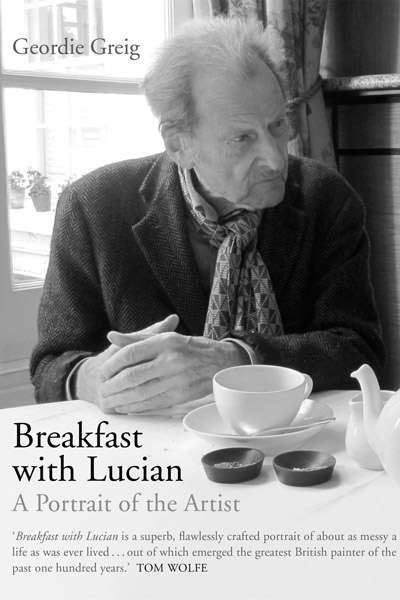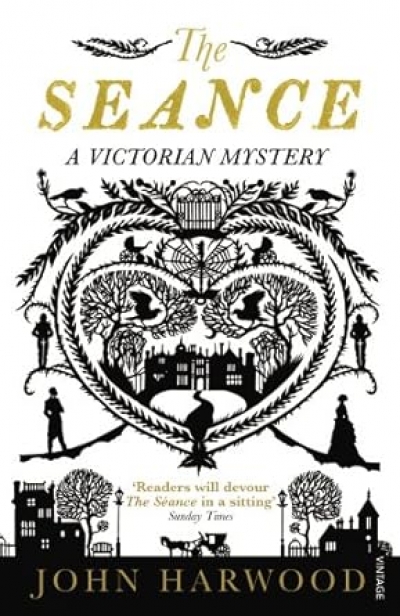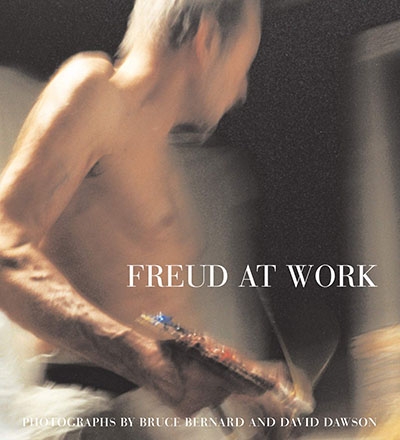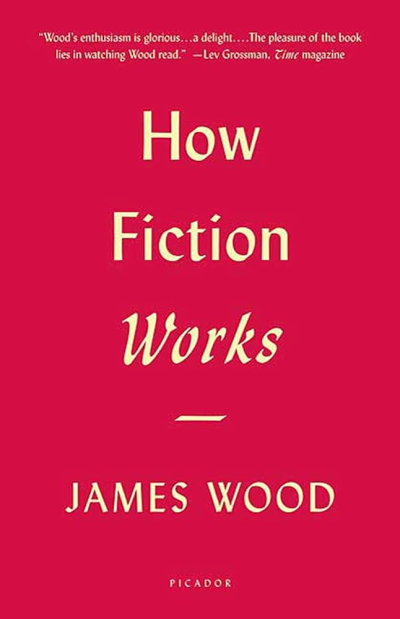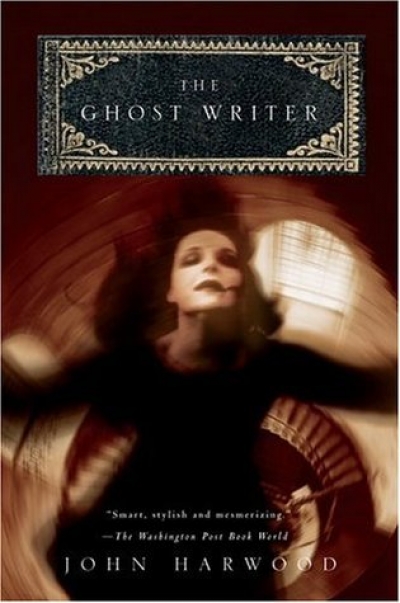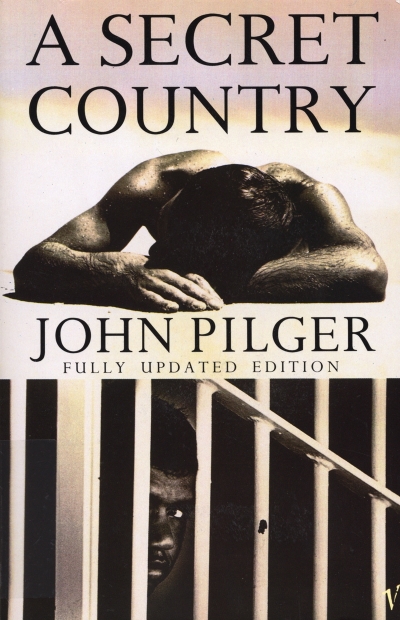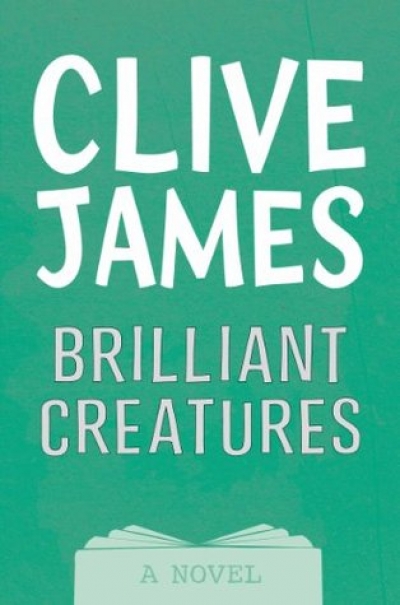Jonathan Cape
Young Eliot: From St Louis to The Waste Land by Robert Crawford
by Andrew Fuhrmann •
Breakfast with Lucian: A portrait of the artist by Geordie Greig
by Peter Hill •
Freud at Work: Photographs by Bruce Bernard and David Dawson by Lucien Freud in conversation with Sebastian Smee
by John Gregory •

